For efficient astrophotography in Sequence Generator Pro, set up equipment profiles in the Equipment Profile Manager to streamline future sessions. Configure autofocus to trigger automatically with temperature changes, ensuring sharp images throughout the night. Implement dithering with 5-10 pixel distances between exposures to eliminate fixed pattern noise. These three techniques will dramatically improve your image quality while reducing the time spent on manual adjustments. The following details will transform your imaging workflow.
3 Fast Sequence Generator Pro Tips For Astrophotography
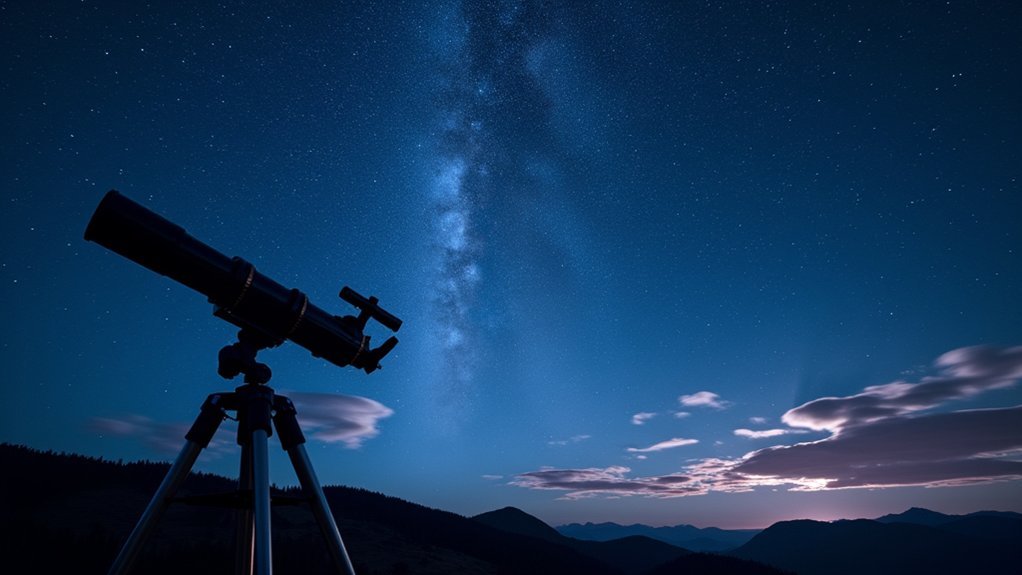
When diving into the world of automated astrophotography, Sequence Generator Pro (SGP) stands out as a powerful tool that can transform your imaging workflow.
Save time by creating custom setups in the Equipment Profile Manager for your camera, mount, and filters to streamline future sessions.
Configure your autofocus settings with proper backlash compensation to maintain sharp images throughout the night.
Use the Framing and Mosaic Wizard to efficiently select your first target, importing frames from Telescopius or Astrobin when needed.
Frame targets with precision by importing reference images from Telescopius or Astrobin through SGP’s Framing and Mosaic Wizard.
Implement reliable plate solving with ASTAP or PlateSolve3 for precise targeting.
When setting up imaging sequences, choose appropriate exposure times and enable dithering to enhance image quality.
Don’t forget to integrate dark frames and manage your guiding settings in PHD2 for ideal results.
Setting Up Automated Focus Controls for Sharper Images
As temperatures fluctuate throughout your imaging session, maintaining precise focus becomes critical for capturing sharp astrophotographs. In Sequence Generator Pro, configure your autofocus settings with backlash compensation and appropriate triggers to guarantee consistent performance all night.
Set your autofocus routine to activate automatically when significant temperature changes occur or at regular intervals during long imaging sessions. This prevents focus drift that can ruin your sequence of otherwise perfect captures.
For peak results, consult the “Understanding Auto Focus” resource to fine-tune settings specific to your rig’s unique characteristics.
During operation, monitor the autofocus controls to verify they’re functioning correctly.
Test your setup by capturing sample images under various conditions, then adjust settings as needed to achieve the tack-sharp results your astrophotography deserves.
Configuring Effective Dithering Parameters to Eliminate Noise Patterns
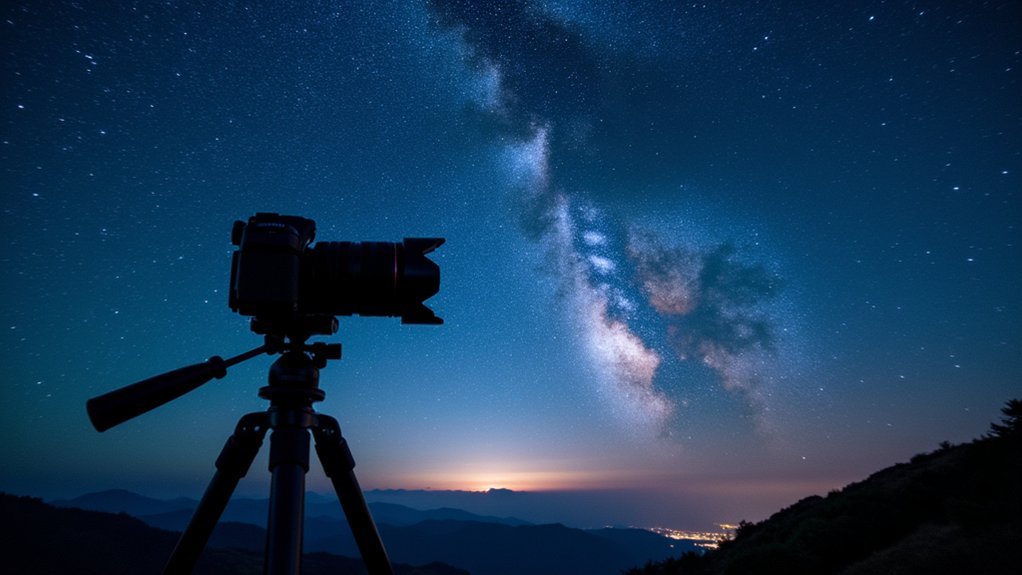
Though often overlooked by beginners, dithering stands as one of the most powerful techniques for dramatically improving your astrophotography results.
When properly configured in Sequence Generator Pro and your guiding software like PHD2, dithering shifts your telescope slightly between exposures to eliminate fixed pattern noise.
- Set your dither distance to 5-10 pixels—enough movement to prevent repeating noise patterns
- Configure your guiding software to automatically dither after each exposure
- Keep dither time minimal (1-2 seconds) to reduce delays while ensuring proper stabilization
- Experiment with both random patterns and grid dithering to find what works best for your specific imaging conditions
- Remember that effective dithering parameters vary based on your equipment setup—don’t be afraid to adjust based on results
Frequently Asked Questions
What Is the Best Astrophotography Processing Software?
The best astrophotography processing software depends on your skill level. PixInsight offers specialized tools for advanced users, while beginners might prefer DeepSkyStacker or Starry Landscape Stacker. Many photographers use combinations for ideal results.
How Can I Improve My Astrophotography?
To improve your astrophotography, optimize your camera settings, invest in a quality mount, master focusing techniques, learn post-processing skills, and practice regularly. Don’t forget to dither your exposures and use proper polar alignment.
In Summary
By implementing these three Fast Sequence Generator Pro techniques, you’ll dramatically improve your astrophotography workflow. You’ve now learned how to automate focusing for pin-sharp stars and configure ideal dithering to eliminate noise patterns. Don’t wait to try these settings—they’ll save you hours of post-processing while delivering cleaner, more detailed deep sky images. Your astrophotography will immediately show the difference these simple adjustments make.
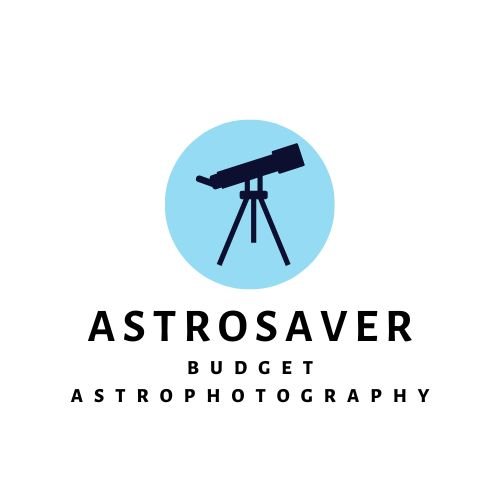
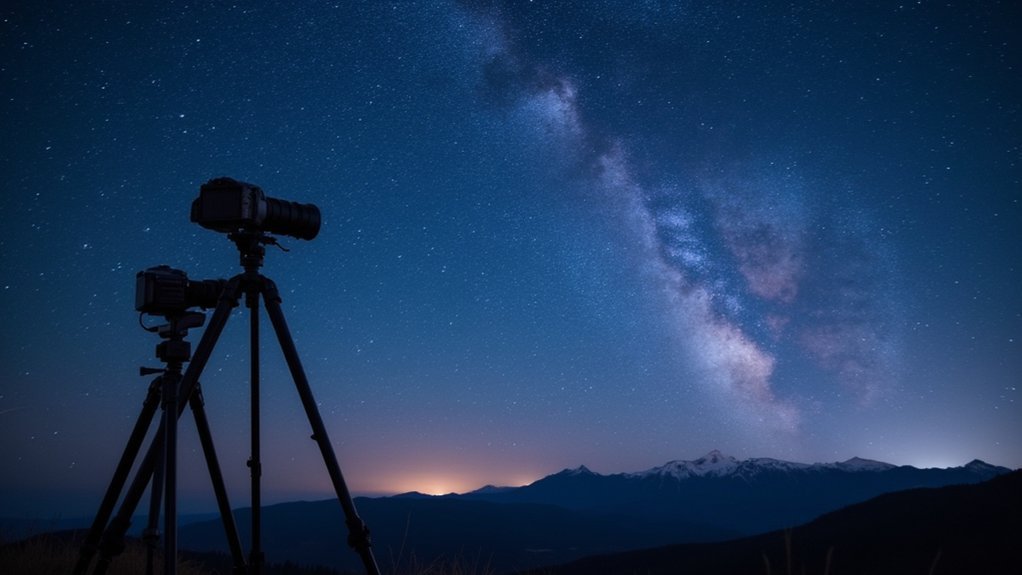
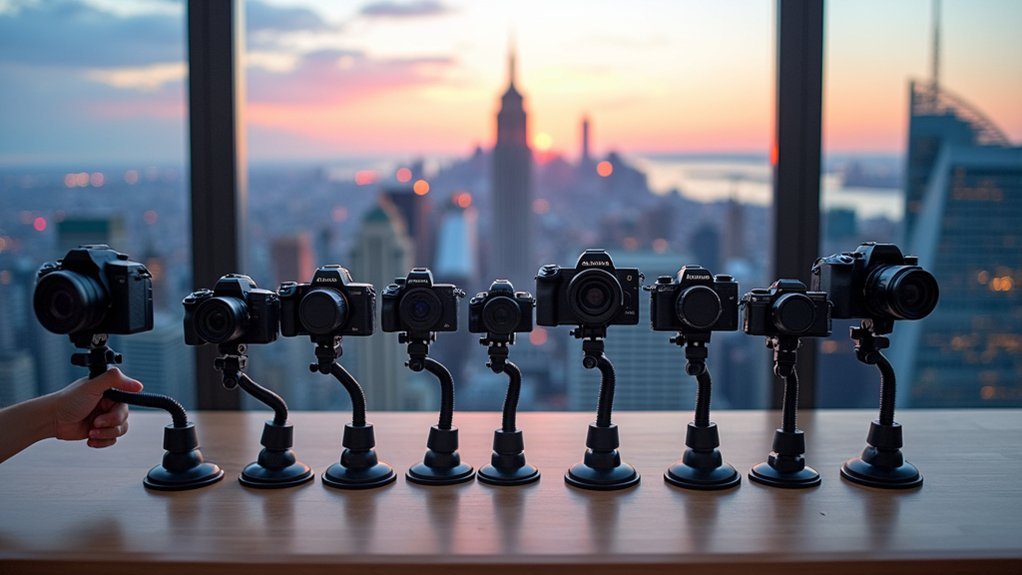
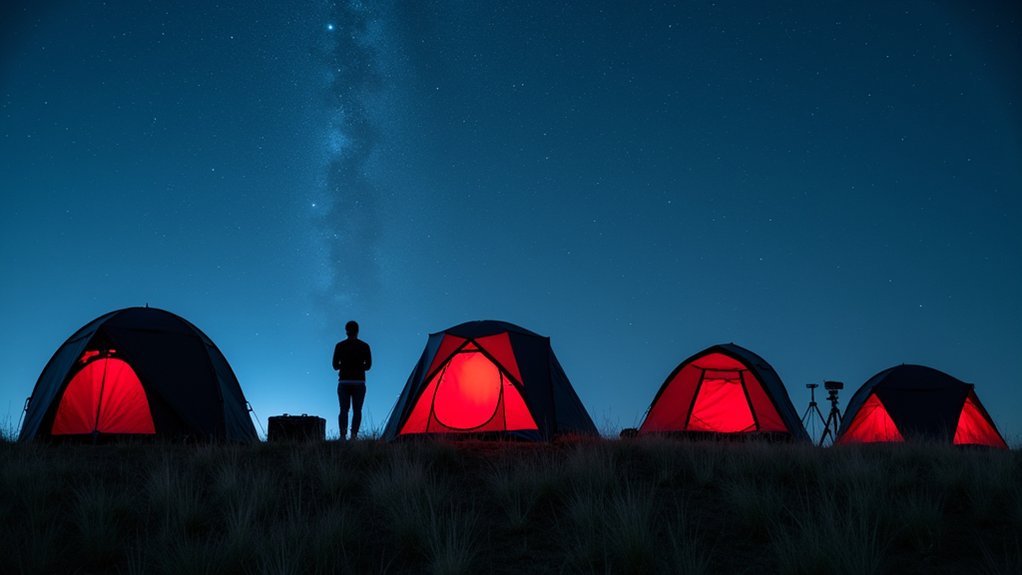
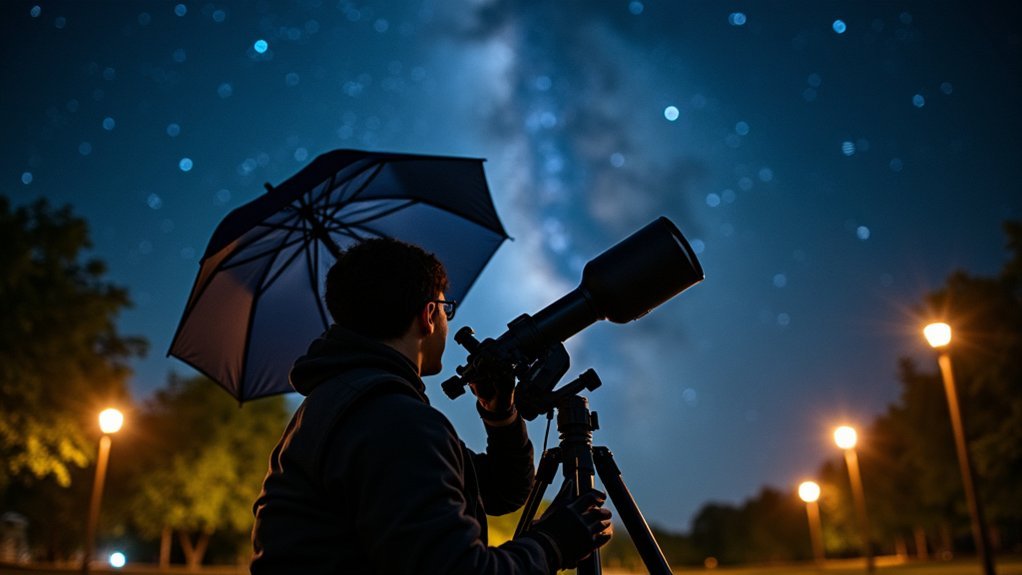
Leave a Reply